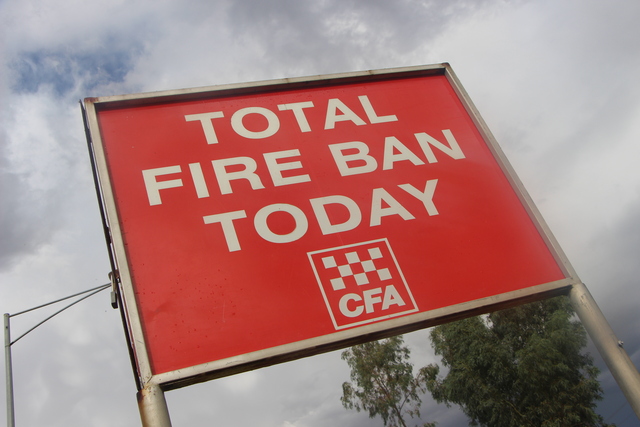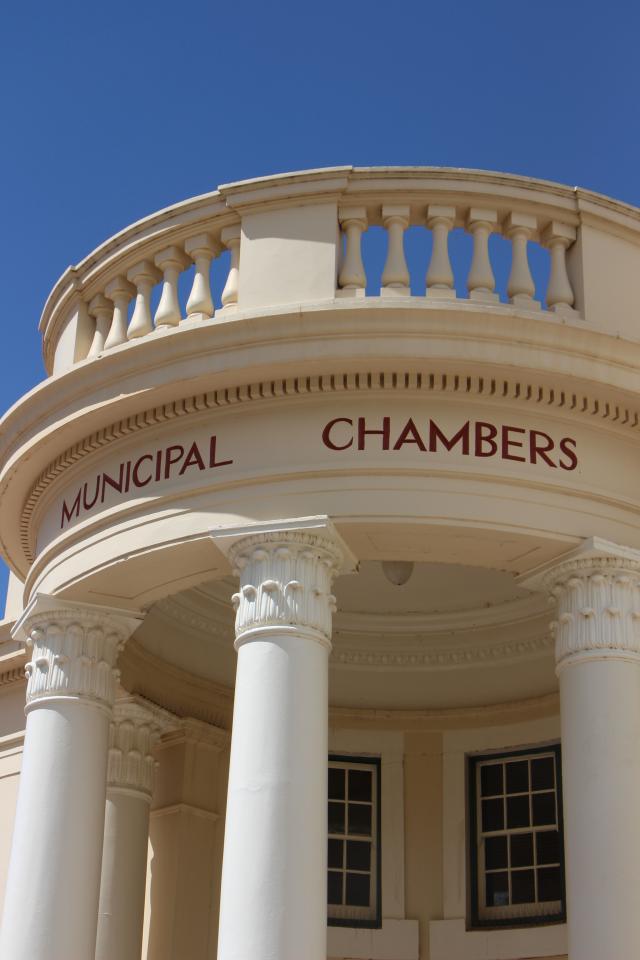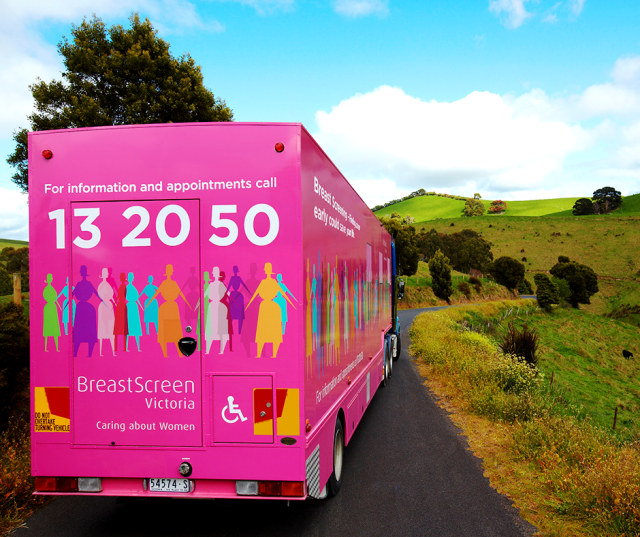MURRAY Shire Council general manager, Margot Stork led a chorus of opposition to the proposed merger with Wakool Shire Council at an inquiry held by the State Government.
More than 100 people gathered at Moama on Tuesday, with 21 people addressing government-appointed delegate Cheryl Thomas, who will prepare a report for the New South Wales Government and the Electoral Boundaries Commission.
Ms Stork was savage in her criticism of the proposal, which she described as arbitrary, and she was particularly disparaging about the “nebulous scale and capacity” criteria used by the Independent Pricing and Regulatory Tribunal in its 2015 assessment that Murray is ‘not fit’ to remain as a stand-alone council, despite satisfying financial criteria.
Ms Stork said while the business case stated that a merged council would enjoy an $18 million benefit over 20 years, this was inflated by $10 million in infrastructure funded to be provided by the State Government, as well as a $4 million saving with the loss of one general manager.
“In taking out those two items, the savings fall to less than $200,000 per annum over a 20 year period,” she said.
“Those estimated savings could easily be subsumed in the costs created by trying to maintain/equalise services across the new council … or is there an expectation that a new shire will maintain different standards of service delivery for different parts of the shire?”
Ms Stork said the business case quoted an existing $53 million infrastructure backlog for the two shires, even though Murray’s backlog is currently $135,000 and Wakool has reported a backlog of $157,000.
Apart from financial matters, Ms Stork said the merger did not make sense because of the existing north-south connections in the two shires, with Wakool linked to Swan Hill and Koondrook and Murray linked to Echuca.
“Those south facing connections are strong, productive and long-standing and provide connectivity in terms of health and welfare services, sport facilities, libraries and schools, business and employment opportunities,” she said.
“There is nothing in any data that suggests those strong ties can be replicated or extended east-west to create cohesion between the towns along the river.”
Ms Stork said reduced representation was also of concern for communities across the two shires, with councillors in a merged council to be responsible for far more people and much larger areas.
“It will be challenging to visit all parts of the shire, to be across local issues at a granular level, to meet regularly in smaller communities,” she said.
Ms Stork’s presentation was met with loud applause from the audience, while numerous subsequent speakers said they agreed entirely with what she had to say.






